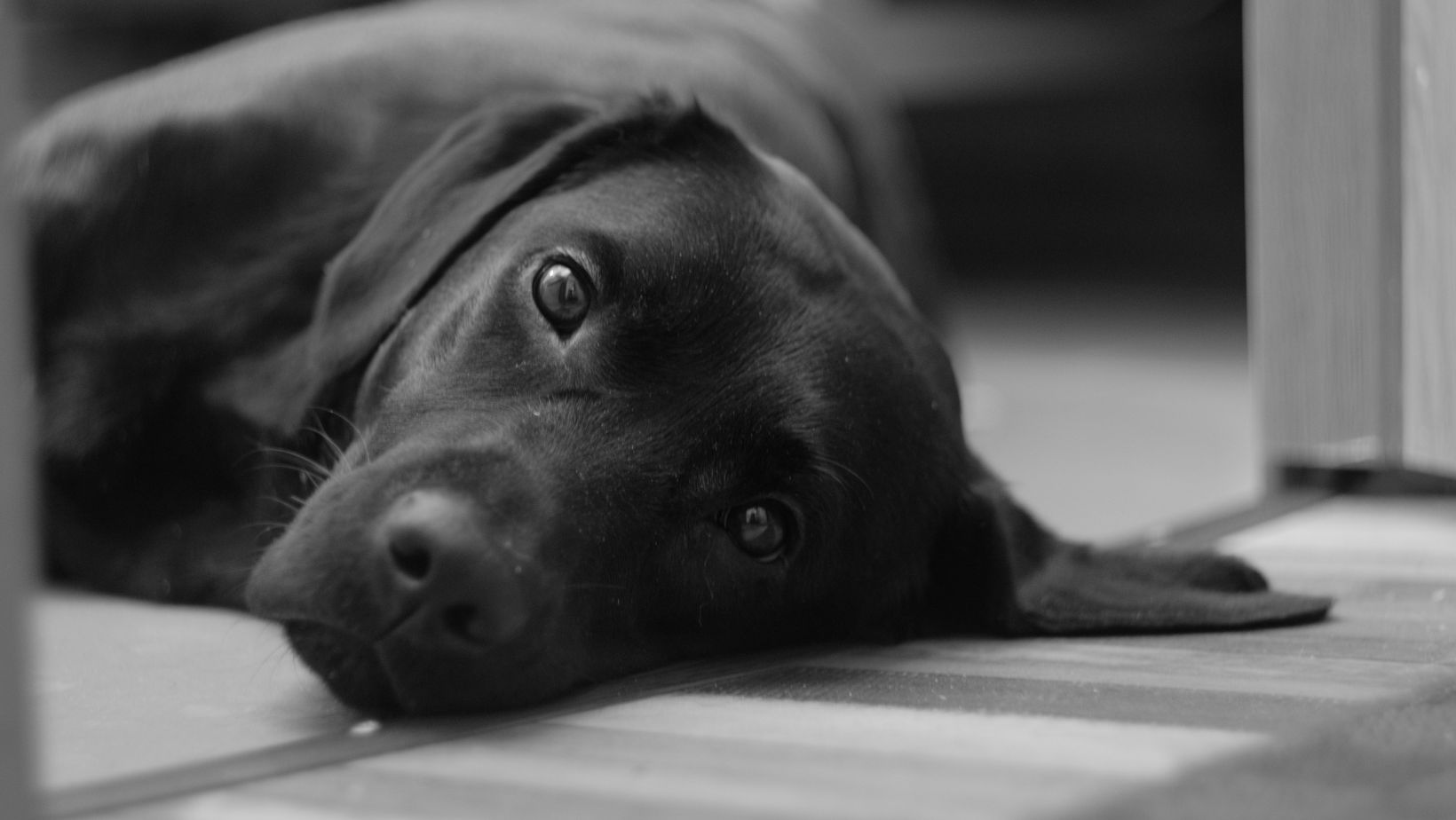How to Train a 7 Month Old Puppy
Training a 7-month-old Labrador puppy requires a combination of patience, consistency, and advanced techniques. As they enter their adolescent stage, Labradors may exhibit more energy and independence, making it crucial to focus on their obedience skills. In this article, I’ll share some valuable tips and strategies on how to train your 7-month-old Labrador with advanced training methods.
When it comes to advanced training for Labradors, one of the first things to prioritize is reinforcing basic commands. Ensure that your puppy has a solid understanding of commands like sit, stay, come, and leave it before moving on to more complex exercises. Consistently practicing these commands in various environments will help strengthen their reliability.
To further challenge your Labrador’s abilities, consider introducing them to new tricks or tasks that stimulate their mental capacity. Engage in activities such as puzzle toys or scent work games that tap into their natural instincts and intelligence. This not only provides mental stimulation but also helps prevent boredom and destructive behavior.
As you embark on the journey of advanced training with your 7-month-old Labrador, remember that consistency and positive reinforcement are key factors in achieving success. With dedication and proper guidance, you can shape your furry friend into a well-behaved companion who excels in obedience skills and enjoys learning new tasks along the way.

Building on Basic Training
Now that you have established a solid foundation with basic training, it’s time to take your 7-month-old Labrador’s training to the next level. Advanced training will help refine their skills and further strengthen the bond between you and your furry friend. In this section, we’ll explore some key areas to focus on as you continue their training journey.
- Introduce Distractions: One of the crucial aspects of advanced training is teaching your puppy to remain focused even in distracting environments. Start by gradually exposing them to different stimuli such as noises, other animals, or people. Use positive reinforcement techniques to reinforce good behavior and redirect their attention when needed.
- Practice Obedience Commands: With the basics already in place, work on reinforcing obedience commands like sit, stay, down, and come. Increase the duration of these commands and introduce hand signals alongside verbal cues for better communication. Remember to reward your pup with treats or praise for successful execution.
- Incorporate Mental Stimulation: Mental exercise is just as important as physical exercise for a growing Labrador. Engage their minds by introducing puzzle toys, scent games, or obedience drills that require problem-solving skills. This not only keeps them mentally sharp but also helps prevent boredom-related behavior issues.
- Leash Manners: As your puppy grows stronger, leash manners become crucial for enjoyable walks together. Practice loose leash walking by rewarding them when they maintain a relaxed leash without pulling or tugging. Gradually expose them to different environments while maintaining control and reinforcing good behavior.
- Socialize Wisely: Proper socialization remains essential at this stage of your Lab’s development. Expose them to various situations, people, dogs, and environments in a controlled manner while ensuring positive experiences throughout the process.
Remember that consistency is key when building on basic training with advanced techniques for your 7-month-old Labradors’ development needs time and patience. Focus on positive reinforcement, consistency, and setting realistic goals to ensure a well-rounded and obedient companion.
- “Leave It” Command: Teaching your puppy the “leave it” command is an excellent way to enhance their impulse control. Start by holding a treat in your closed hand and presenting it to your pup. As they try to get the treat by pawning or sniffing, firmly say “leave it.” Wait for them to stop attempting to grab the treat and reward them with praise and another treat from your other hand. Repeat this process several times until they understand that “leave it” means not touching or grabbing something.
- Waiting at Doorways: Impulse control during doorways is essential for preventing rushing out or jumping on guests as they enter. Begin by placing your pup on a leash and stand in front of an open doorway. Use the command “wait” while gently restraining them from moving forward with the leash if necessary. Gradually increase the duration of waiting before giving permission to proceed through the doorway.
- Controlled Feeding: Mealtime offers an ideal opportunity to reinforce impulse control with your Lab puppy. Instead of placing their food bowl down immediately, make them wait patiently while you hold it in your hands or place it on a counter within reach but out of their grasp. Once they are calm and composed, release them with a release cue like “okay” or “free.” This exercise helps prevent food guarding behaviors and teaches them that good things come to those who wait.
- Toy Play: Engaging in controlled toy play can also improve impulse control in puppies. Start by enticing your pup with a toy, but hold it just out of their reach. Encourage them to sit or lie down calmly before allowing them to play with the toy. If they become too excited or try to snatch the toy from your hand, withdraw it and wait for them to calm down before trying again.